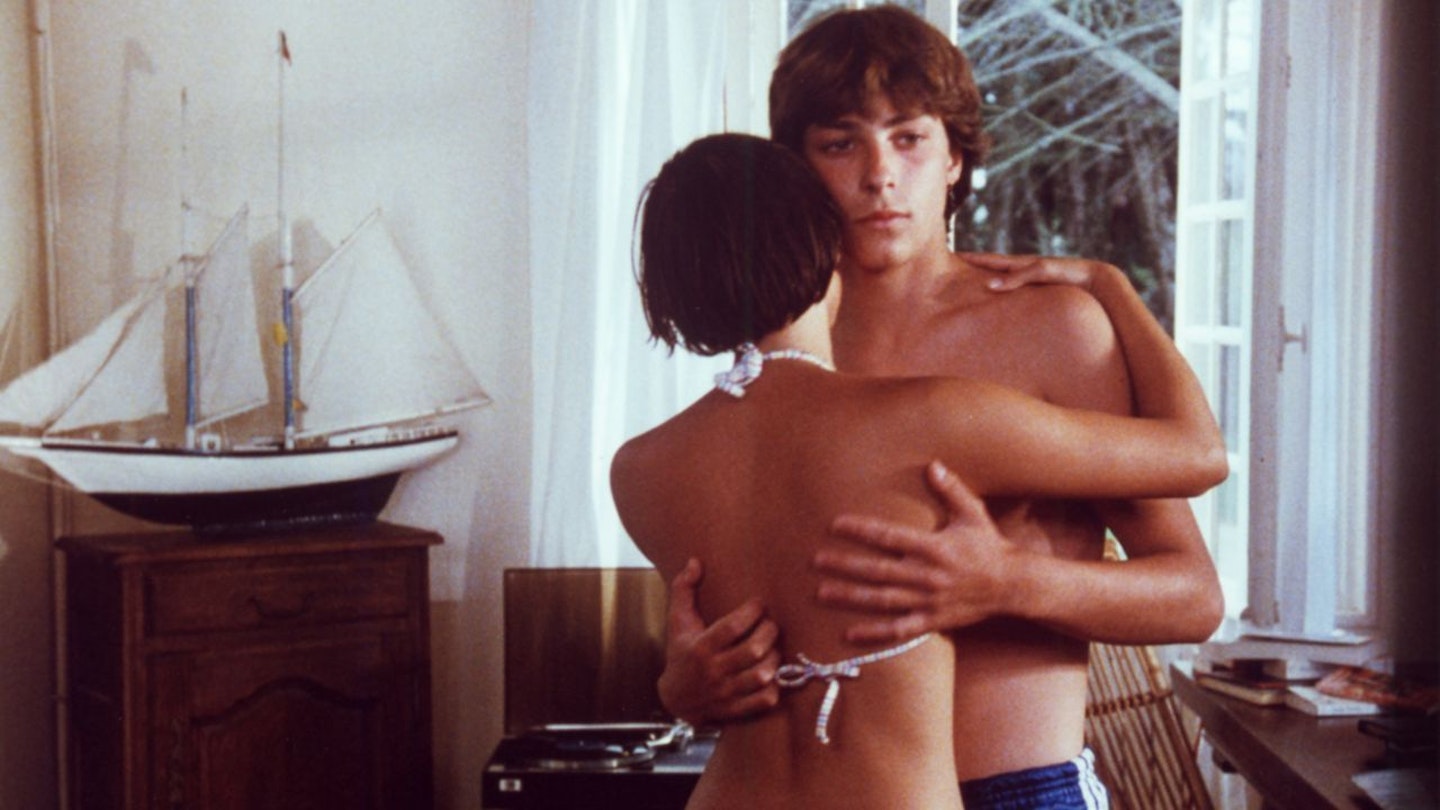Eric Rohmer originally conceived the third in his Comedies and Proverbs series as a project for Brigitte Bardot in the 1950s. However, it could also easily have slotted into Six Moral Tales, especially as some of its episodes were based on situations rejected for Claire's Knee. But while several critics identified a lack of intellectual depth in the pivotal ideas of careless talk and sexual hypocrisy, this still presents a typically wry insight into human foible. Indeed, its take on teenage disillusion with the games that adults play has rarely been bettered since.
Despite the lustrous summer imagery, this is one of Rohmer's more technically austere pictures. There is no music to guide the viewer's response to the constantly shifting action and the editing is almost perversely restrained, to the extent that the film contains almost half the usual number of shots. Camera movements are also at a premium and, according to cinematographer Nestor Almendros, the few that were permitted were mostly included on his advice to disrupt the steady, eye-level perspective that enabled Rohmer to view his characters from a discreet, detaching distance, as they sit and talk, in scenes that were more literate and pre-scripted than usual.
Rohmer also makes precise use of his Norman locations of Rennes, Granville and Mont St Michel to reinforce the realism of a slender storyline that otherwise has the feel of a classic French farce by the likes of Marivaux or Beaumarchais, in which the characters consistently enter at the most inconvenient moments or overhear revelations not intended for their ears. The use of parallels, doubles, repetitions and oppositions during the central segment, as Marion and Pauline establish their relationships with Henri and Sylvain, particularly recalls theatrical structuring and led some to accuse Rohmer of being old fashioned in his equation of modern youth with 18th-century aristocratic decadence.
Wittily ambiguous and sagely non-judgemental, this is a delicious treatise on the everyday narcissism and self-delusion involved in love and lust that becomes more acute and satisfying with each viewing.
